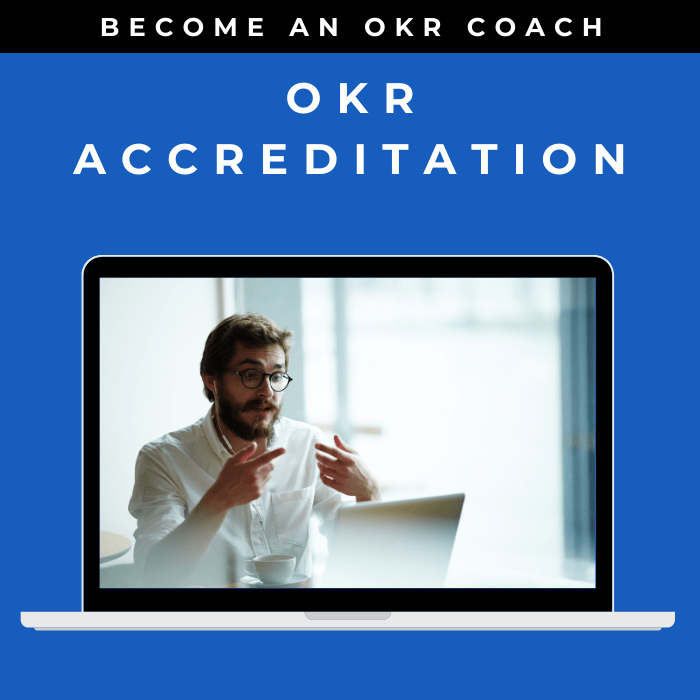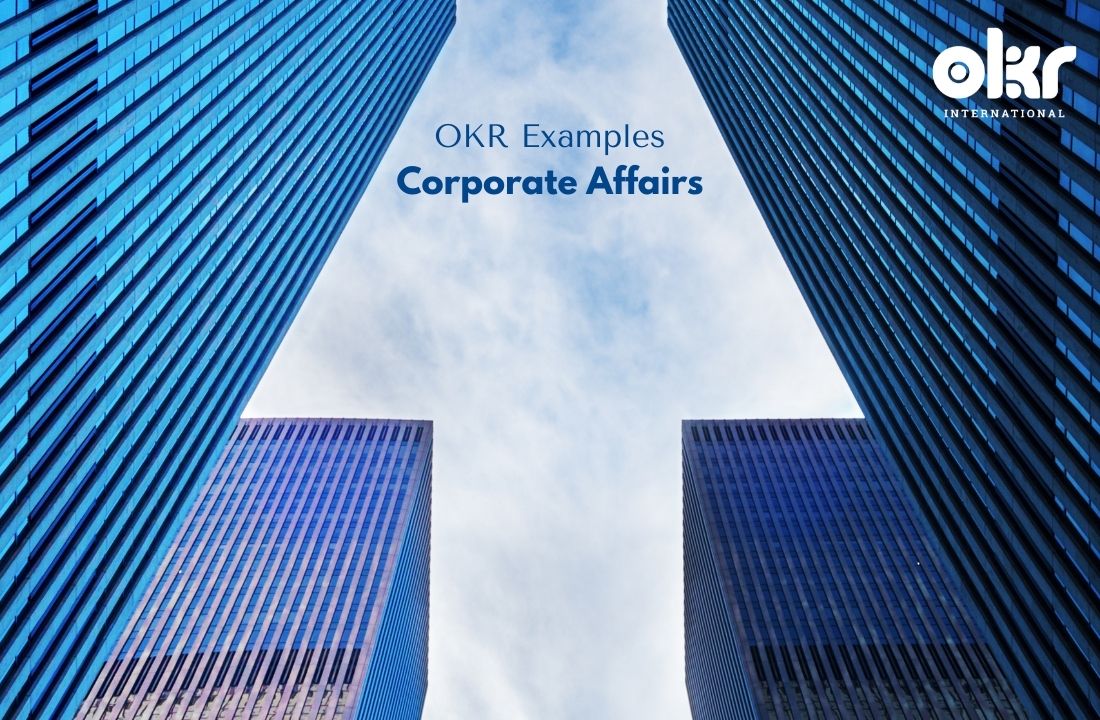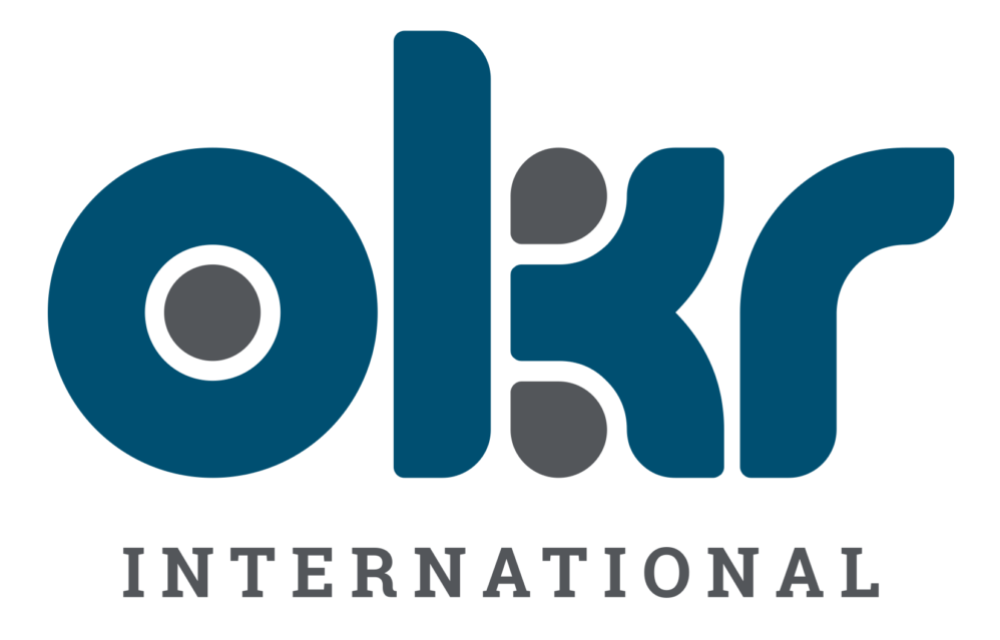10 Critical OKR Examples in Corporate Affairs
Corporate Affairs is a critical function that encompasses various activities related to external and internal communications, public relations, government relations, and reputation management. Objectives and Key Results (OKRs) can be powerful tools in driving success in Corporate Affairs. Here, we present ten critical OKR examples in Corporate Affairs, offering valuable insights for organizations aiming to excel in this function and achieve their strategic goals.
1. Enhancing Brand Reputation
Objective: Strengthen the organization’s reputation and brand image.
Key Results:
- Achieve a 10% increase in positive brand mentions and sentiment across digital and traditional media channels.
- Implement 1 reputation management strategy to effectively address and mitigate any negative or damaging incidents.
- Increase the organization’s brand reputation ranking by 5% in industry surveys or indices.
2. Improving Media Relations
Objective: Enhance relationships with media outlets and journalists for positive coverage.
Key Results:
- Increase the number of positive media mentions by 20% within the next six months.
- Secure media coverage in at least 3 top-tier publications or news outlets within the next quarter.
- Achieve a 90% satisfaction rate among journalists surveyed regarding the organization’s media relations efforts.
3. Strengthening Government Relations
Objective: Develop and maintain positive relationships with government stakeholders.
Key Results:
- Engage in regular meetings with key government officials and achieve a 100% meeting attendance rate.
- Monitor and influence 100% of relevant policy and legislative developments through effective advocacy efforts.
- Achieve a 15% increase in the organization’s government approval rating or perception index.
4. Enhancing Crisis Communication Preparedness
Objective: Improve the organization’s readiness to handle crises and communicate effectively.
Key Results:
- Conduct crisis simulation exercises and achieve a 90% success rate in managing simulated crisis scenarios.
- Develop crisis communication plans and guidelines for key potential risks or scenarios.
- Reduce the average response time in crisis communication by 20% compared to previous benchmarks.
5. Increasing Employee Engagement
Objective: Foster a sense of belonging and engagement among employees.
Key Results:
- Implement an internal communication strategy to improve employee engagement and achieve a 10% increase in employee satisfaction scores.
- Conduct regular employee feedback surveys and achieve a 90% participation rate.
- Launch employee recognition programs and achieve a 20% increase in employee recognition nominations.
6. Enhancing Thought Leadership
Objective: Establish the organization as a thought leader in its industry or sector.
Key Results:
- Publish a minimum of 5 thought leadership articles or whitepapers within the next year.
- Secure speaking opportunities at 7 industry conferences or events to showcase the organization’s expertise.
- Increase social media engagement with thought leadership content by 25% through shares, comments, and likes.
7. Strengthening Investor Relations
Objective: Build trust and credibility with investors and financial stakeholders.
Key Results:
- Develop and execute 1 investor relations program, including regular investor communications and meetings.
- Achieve a 95% satisfaction rate among investors surveyed regarding the organization’s investor relations efforts.
- Increase the organization’s analyst coverage or improve analyst ratings by 70% within the next year.
8. Enhancing Stakeholder Engagement
Objective: Improve engagement and communication with key stakeholders.
Key Results:
- Conduct stakeholder mapping and develop 5 tailored communication strategies for each stakeholder group.
- Achieve a 20% increase in stakeholder satisfaction scores through regular feedback surveys or interviews.
- Implement 1 stakeholder engagement platform or portal to facilitate ongoing communication and collaboration.
9. Improving Corporate Social Responsibility (CSR) Communications
Objective: Enhance communication and transparency around CSR initiatives.
Key Results:
- Develop a CSR communications plan and achieve a 100% alignment of messaging across communication channels.
- Increase public awareness and understanding of the organization’s CSR initiatives through 70% media coverage and social media engagement across 3 platforms.
- Achieve a 10% increase in employee participation in volunteer programs or CSR activities.
10. Enhancing External Collaboration
Objective: Strengthen partnerships and collaborations with external organizations.
Key Results:
- Identify and initiate collaborations with at least 3 strategic partners or industry associations within the next quarter.
- Measure the impact of collaborative projects through 5 predefined metrics such as shared resources, joint marketing efforts, or revenue generation.
- Achieve a 90% satisfaction rate among partner organizations surveyed regarding the organization’s collaboration efforts.
By adopting these OKR examples in Corporate Affairs, organizations can effectively manage their reputation, enhance stakeholder relationships, communicate strategically, and achieve their corporate objectives. These strategic objectives and key results serve as guiding principles for organizations seeking to excel in their Corporate Affairs efforts and drive long-term success.

When looking to set OKRs, it’s natural to want examples to ignite the thought process or simply compare yours to OKR Examples. Check out our compendium of OKR Examples here.
Explore Our Range of Services
Bring OKRs (Objectives and Key Results) to your organisation with our tried & tested OKR Framework.


OKR International’s highly acclaimed Certified OKR Practitioner Program is the first and only OKR accreditation endorsed by ICF & HRCI for continuing education units.
OKR International helps leaders create the alignment, engagement and result orientation needed for growth by offering OKR Advisory services.




